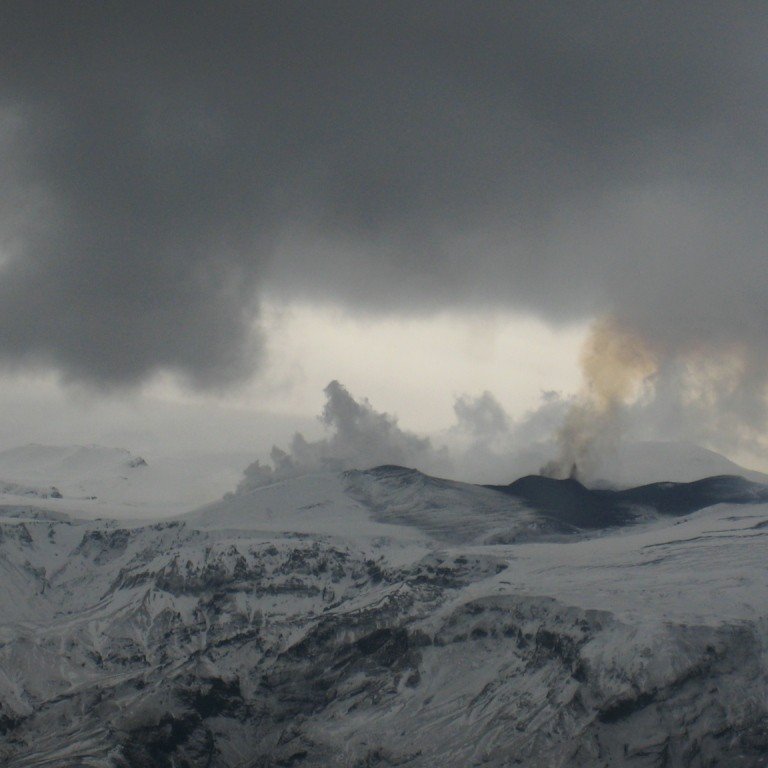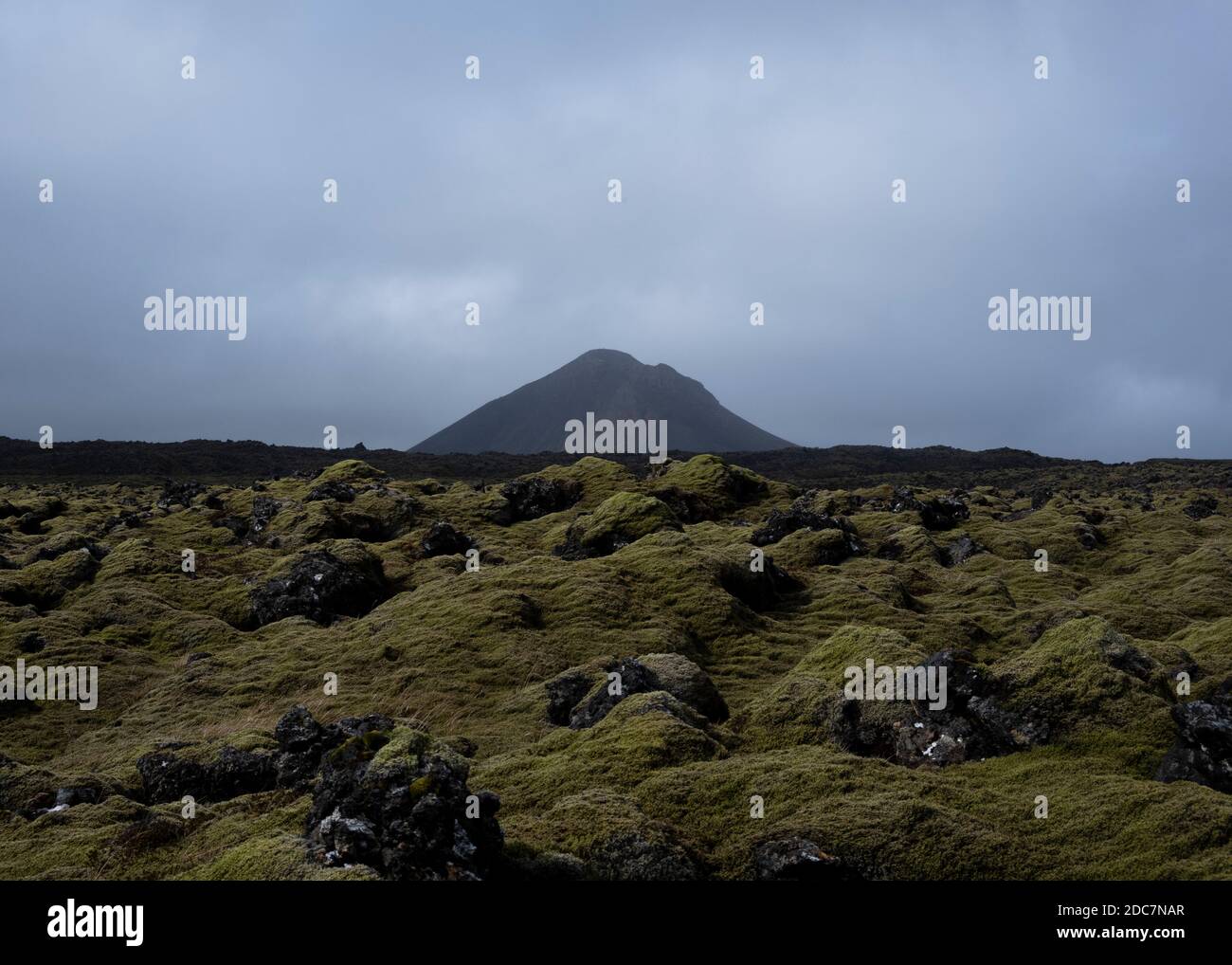
Indeed, in the last decades, highly fractured material forming the lava dome ( Figure 1b) has been consistently affected by rockfall hitting the access course to the site, the Cumana Railroad and the related station that supports visitors transfer to the site, with important implications for visitor safety.

Additional events have been registered at the Cumae Mount that, in this perspective, represents a hotspot. As a consequence, at the Camaldoli Hill (i.e., the highest peak of the Phlegraean Fields area, 458 m asl), vertical or subvertical cliffs formed by lithified materials are frequently affected by rockfall and block size is consistently controlled by the main discontinuity systems in the rock mass. While debris flows and avalanches, triggered by rainfall, are very common in the presence of steep slopes covered by pyroclastic soils, rock-slope instabilities, like rockfall and topples, are common in the presence of vertical, highly fractured tuff and lava cliffs. Indeed, the widespread presence of unconsolidated pyroclastic deposits, associated with both hard and weak volcanic rocks, predisposes slopes to fast-moving landslides. The Phlegraean Fields area is known for its exposure to landslide hazards, e.g. The archaeological site is also known for the Cumaean Sibyl’s Cave, one of the most famous oracles of the ancient world ( Figure 1). Divided into the upper and lower city, it includes a variety of elements like the Greek walls of the late fifth century B.C., the ruins of the Temple of Apollo, of the Temple of Jupiter, the Roman crypt, the thermal baths, the Amphitheater and the Forum. Being the first Greek western colony, founded in the second half of the 8th century B.C., Cumae is one of the most important archaeological sites of the area. Specifically, the Cumae Archaeological Site ( Figure 1), in the Phlegraean Fields Park, harbors the homonymous ancient city.

The Santa Chiara Site, the Posillipo and the Cumae Archaeological sites are only a few examples of the great cultural value sites. It is rich in archaeological sites and parks that have preserved its historic asset and that have been increasingly exploited by means of specific projects and adoption of measures aimed at improving sites and making their fruition safer. The province of Naples is known for its cultural heritage, expression of the city’s and its surrounding zones’ history. The work highlights the need for specific mitigation measures to increase visitor safety and the efficacy of filed-based digital reconstruction to support susceptibility analysis in rockfall prone areas. Subsequently, a propagation-based susceptibility analysis was completed into a GIS environment: it shows that most of the western sector of the site is susceptible to rockfall, including the access course, a segment of the Cumana Railroad and its local station. Digital discontinuity measurements and cluster analysis provide data for kinematic analysis, which pointed out the planar, wedge and toppling failure potential. The analysis began with a 3D modeling of the slope through digital terrestrial photogrammetry, which forms a basis for a geomechanical analysis.

Being the first Greek settlement in southern Italy, the site has great historical importance and offers unique historical elements such as the Cumaean Sibyl’s Cave.

In this paper, rockfall susceptibility analysis of the western slope of the Cumae Mount in the Cumae Archaeological Site (Phlegraean Fields, Naples), already affected by rockfall events, is described as support to a management plan for fruition and site conservation. Natural hazards threaten many archaeological sites in the world therefore, susceptibility analysis is essential to reduce their impacts and support site fruition by visitors.


 0 kommentar(er)
0 kommentar(er)
